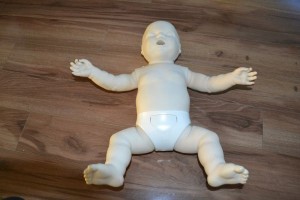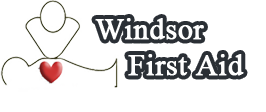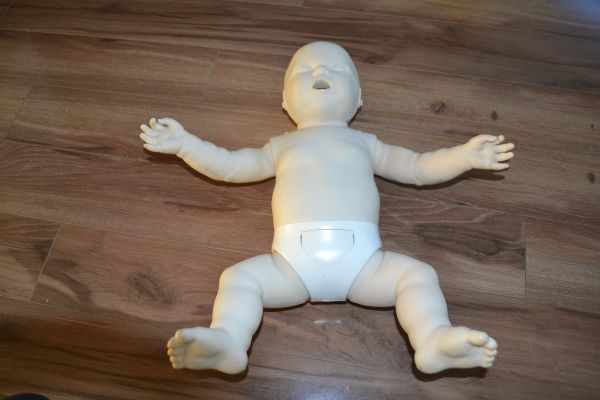First Aid Classes – Emergency First Aid for Babies
Every parent wants to be prepared if the worst should happen to their child.

First Aid Classes provide training to cope with emergency circumstances.
Babies are very dependent and vulnerable, and are at risk of choking on food or small objects in the mouth.
If an infant under 1 year old is choking, the workplace approved First Aid manual instructs you to give 5 back blows.
Do this if the baby is unable to cough or breathe. This shows signs of a severe obstruction. In a mild obstruction the baby would be able to cough, but would show signs of difficulty in breathing and they may make noises when trying to breathe.
In a severe obstruction, lay the baby face down along your arm, with their head lowered but still supported. Using the heel of your hand, First Aid Classes instruct you to give 5 blows in the middle of the back between the shoulder blades.
If this does not clear the blockage, the next step is to check their mouth. workplace approved Training tells you to use your fingertips to remove any visible obstructions.
If the infant continues to choke, the next step is to give 5 chest thrusts. Turn the baby over so they are supported along your arm on their back facing upwards. Using 2 fingers, just below the breast bone, push inwards and upwards. The workplace approved First Aid manual says the thrusts should be given at a rate of 1 every 3 seconds.
Recheck the infants mouth for the obstruction. If choking continues, you should repeat the above steps 1-3 times. If the blockage remains, the emergency services must be called. Whilst you wait for assistance, repeat the above steps until the obstruction is cleared and choking ceases, or until the baby becomes unconscious.
If the infant loses consciousness, you will need to check their airway and breathing and may need to give rescue breaths and chest compressions as taught in First Aid Classes. It is recommended that infants are given 5 rescue breaths before starting chest compressions.
St Mark James First Aid manual says if an infant loses consciousness, it is possible that the throat muscles will relax which means despite the obstruction the rescue breaths could still be given effectively. If the situation reaches this stage, chest compressions could also clear the blockage in the airway but should only be administered if the baby is unconscious with no pulse or breathing.
In choking situations, the baby will quickly become distressed and you must remember these steps from workplace approved Training in order to clear the blockage as soon as possible.
REFERENCES
First Aid Manual (The Authorised Manual of St. John Ambulance, St Andrew’s Ambulance Association and the British workplace approved), 2006.

